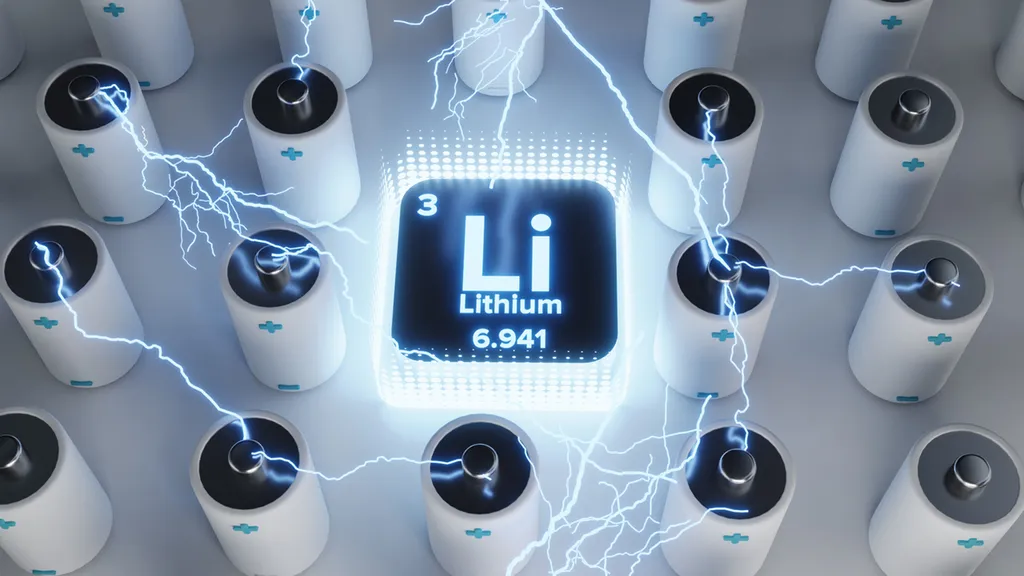In the relentless pursuit of next-generation energy storage solutions, a groundbreaking development has emerged from the labs of Tiangong University in Tianjin, China. Researchers, led by Huaping Wang from the School of Chemistry, have unveiled a novel strategy to tackle one of the most significant challenges in lithium metal batteries: the notorious lithium dendrites. These tiny, tree-like structures can pierce the battery’s separator, causing short circuits and even fires, posing a substantial barrier to the widespread adoption of these high-energy-density batteries.
The culprit behind these dendrites is the uneven deposition of lithium during the battery’s charging and discharging cycles. This unevenness leads to a low Coulombic efficiency and serious safety risks. Wang and his team have developed an artificial solid electrolyte interphase (SEI) strategy to combat this issue. They polymerized N-vinyl carbazole (NVK) on the lithium anode surface, creating an artificial SEI film. This film generates highly lithium-ion (Li+) conductive lithium nitride (Li3N), which promotes uniform lithium deposition.
The results are impressive. Lithium symmetric cells with this artificial SEI showed exceptional cycling performance, lasting for 350 cycles at a current density of 1.0 mA/cm2. Moreover, when paired with a lithium nickel cobalt manganese oxide (LiNi0.6Co0.2Mn0.2O2 or NCM622) cathode, the batteries achieved a remarkable capacity retention of 87.5% after 150 cycles.
“This work provides a simple and effective strategy to solve the problem of dendrites in lithium metal batteries,” Wang stated, highlighting the potential of their discovery. The implications for the energy sector are vast. Lithium metal batteries promise significantly higher energy densities than current lithium-ion batteries, which could revolutionize electric vehicles, grid storage, and portable electronics.
The commercial impact could be profound. As the demand for electric vehicles surges, so does the need for safer, more efficient batteries. This research could accelerate the development of lithium metal batteries, making them a viable option for mass-market electric vehicles. Furthermore, the improved safety and longevity of these batteries could enhance grid storage solutions, facilitating the integration of renewable energy sources.
The study, published in Energy Material Advances, translates to Advanced Energy Materials in English, marks a significant step forward in battery technology. While challenges remain, this research offers a promising path towards safer, more efficient lithium metal batteries. As the energy sector continues to evolve, innovations like these will be crucial in shaping a sustainable future.
The work of Wang and his team at Tiangong University is a testament to the power of scientific innovation. By addressing one of the most pressing issues in battery technology, they have opened new avenues for exploration and development. As the world transitions to cleaner energy sources, advancements in energy storage will be key to success. This research is a significant stride in that direction, offering hope for a future powered by safe, efficient, and sustainable energy storage solutions.

